- JST Home
- /
- Strategic Basic Research Programs
- /
 PRESTO
PRESTO- /
- project/
- Precise Arrangement of Atoms and Molecules and Its Properties and Functions/
- [Precise Molecular Arrangement] Year Started : 2022
[Precise Molecular Arrangement] Year Started : 2022
Masayasu Igarashi
Pursuit of novel theories and development of innovative materials opened up by hydrogen-bonded inorganic frameworks
Grant No.:JPMJPR22A1
Researcher
Masayasu Igarashi
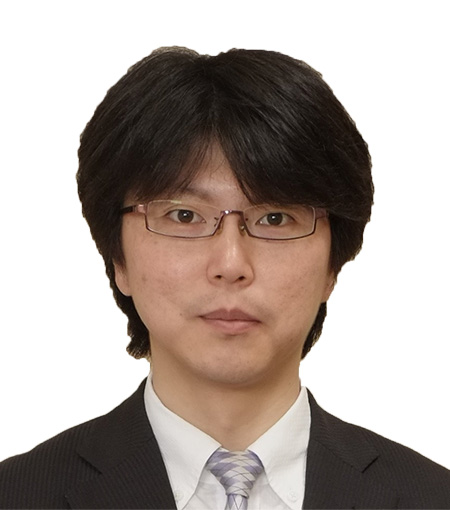
Chief Senior Researcher
Catalytic Chemistry Research Institute
National Institute of Advanced Industrial Science and Technology
Outline
By precisely constructing molecules and assembling these into well-defined supramolecular structures, novel physical properties and functionalities can be realized, and new areas of the chemical space can be accessed. In this research, based on the unique spatial arrangements and arrangements of hydrogen-bonding inorganic frameworks (HIFs) that were originally discovered, I pursue the theories of inorganic and organic chemistry. Furthermore, based on these theories, I develop innovative organic-inorganic hybrid materials.
Miyabi Imai
Atomic scale arrangement of photosynthesis dye molecules and investigation of the photoelectric conversion properties
Grant No.:JPMJPR22A2
Researcher
Miyabi Imai

Associate Professor
School of Science
Institute of Science Tokyo
Outline
Various functions of biological organisms, such as photoelectric conversion and energy transfer in photosynthesis, are highly efficient, and therefore understanding and artificially imitating them could lead to technological innovation. In this project, the photoelectric conversion properties of dye molecules are investigated at the atomic level using a scanning tunneling microscope combined with a laser. Using an STM tip, individual dye molecules are arranged on a solid surface and the photocurrent generated in photoexcited molecules are measured. Analyzing the results obtained with various arrays with different geometrical structures, the photoelectric conversion properties and the structures will be correlated with atomic level precision. Furthermore, the photoelectric conversion efficiency will be optimized by controlling the structure of the molecular array.
Koji Oohora
Molecular arrangement of chromophores and catalysts with protein assemblies as scaffolds
Grant No.:JPMJPR22A3
Researcher
Koji Oohora
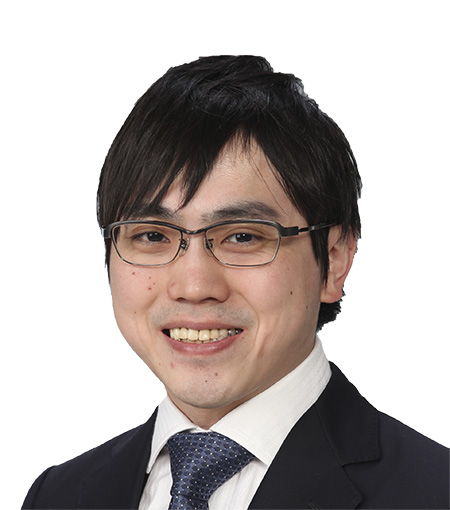
Associate Professor
Graduate School of Engineering
The University of Osaka
Outline
Artificial photosynthesis is one of the most important subjects to achieve a sustainable society. This project aims photo-driven hydrogen evolution by a suitably arranged chromophore and catalyst array within protein assemblies replicating the efficient sun light energy harvesting event observed in a natural photosynthetic system. First, artificially assembled protein systems with photosensitizing chromophores will be prepared toward efficient multiple electron transfer enabled by harvesting the sun light energy. The obtained light harvesting system will be further conjugated with a hydrogen evolving catalyst for sun light-driven hydrogen evolution. The expected findings will contribute to creation of protein-based artificial photosynthetic systems as well as elucidation and design of efficient light harvesting events.
Yasunori Okamoto
Designing a functional multinuclear metal center in a protein scaffold
Grant No.:JPMJPR22A4
Researcher
Yasunori Okamoto

Associate Professor
Exploratory Research Center on Life and Living Systems
National Institutes of Natural Sciences
Outline
Metal ions are essential for organisms to survive. Proteins regulate the reactivities of metal ions not only as a ligand but also as a characteristic reaction compartment, resulting in a variety of catalytic activities. Among metalloenzymes, those with multinuclear metal centers catalyze highly challenging chemical transformations. Therefore, the bottom-up reconstruction of multinuclear metalloenzymes gives insight into the development of powerful and green catalysts. However, it remains challenging to arrange multiple metal ions in a protein scaffold. In this project, a strategy to construct a multinuclear metal center in a protein scaffold will be investigated, leading to an artificial multinuclear metalloenzyme.
Hiromu Kashida
Development of functional PNA aptamers by using a new sequencing method
Grant No.:JPMJPR22A5
Researcher
Hiromu Kashida
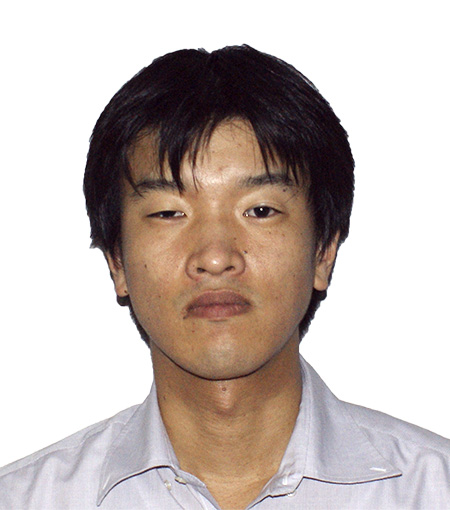
Associate Professor
Graduate School of Engineering
Nagoya University
Outline
Aptamers can bind various target molecules. However, chemical functions of aptamers composed of DNA or RNA are usually limited. In this study, we aim to develop aptamers composed of peptide nucleic acid (PNA) by using a new sequencing method we have developed. PNA aptamers could target various molecules and could be used to detect biomolecules.
Takuya Kuwahara
Mechanochemical Synthesis of 2D Superlubricious Atomic Layers
Grant No.:JPMJPR22A6
Researcher
Takuya Kuwahara
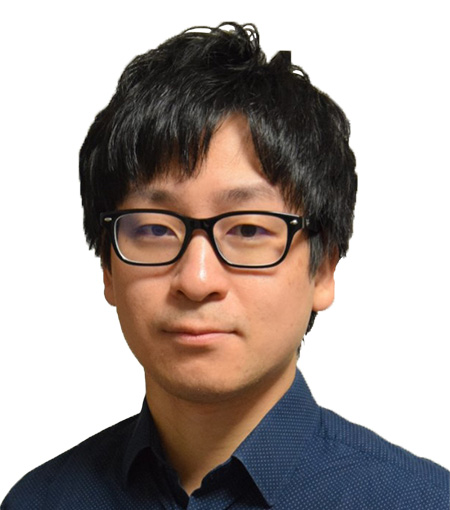
Lecturer
Graduate School of Engineering
Osaka Metropolitan University
Outline
Diamond-like carbon exhibits superlubricity, the friction coefficient below 0.01, in boundary and non-lubricated conditions. However, the underlying mechanisms have not been understood yet since buried interfaces are not accessible by experimental measurements. Here the researcher employs quantum mechanical/molecular dynamics simulations to reveal the mechanochemical mechanisms of the in situ formation of superlubricious 2D nanostructures, such as nano graphene and molybdenum disulfide nanosheet, which form via mechanically-induced chemical reactions of organic molecules and phase transformations of surfaces. The results will be utilized to develop a theoretical model of mechanochemistry and gain design principles for atomically-controlled “tribo-synthesis” of 2D materials.
Yuta Suzuki
The Creation of Functional Protein Assemblies by Precise Arrangement
Grant No.:JPMJPR22A7
Researcher
Yuta Suzuki
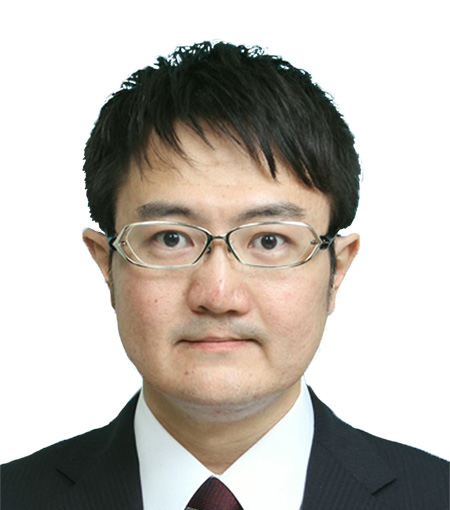
PRESTO Individual Researcher, Japan Science and Technology Agency
Outline
The ultimate goal of this research is to establish “innovative protein design” to create functional protein assemblies that are comparable to biomolecules and potentially provide new functions that do not exist in natural protein assemblies. As the first step, this research aims to establish a modular protein assembly design that can precisely arrange proteins to create assemblies of various shapes and to construct functional protein assemblies with potential applications to biomaterials by enabling structural control and multi-functional loading. The new protein design principle of creating highly ordered assemblies with functions inspired by nature will not only lead to the development of beneficial materials but will also provide additional insights into structural biology.
Shohei Tashiro
Biorefinery based on molecular arrangement in crystals
Grant No.:JPMJPR22A8
Researcher
Shohei Tashiro
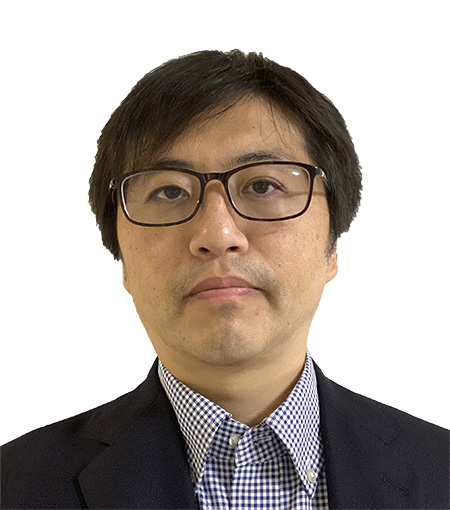
Associate Professor
Graduate School of Science
The University of Tokyo
Outline
The creation of resources and energy through the chemical conversion of biomass is known as biorefinery, and it is one of the important targets in catalytic and materials chemistry. In order to develop innovative biorefinery technologies based on supramolecular and molecular arrangement chemistry, this project aims at realizing highly selective molecular transformation and arrangement of biomass-derived compounds such as furan derivatives, terpenes, polysaccharides, and lignin by utilizing porous crystals with unique molecular arrangement and catalytic ability.
Ai Niitsu
Precise arrangement of transmembrane peptides: design and application
Grant No.:JPMJPR22A9
Researcher
Ai Niitsu
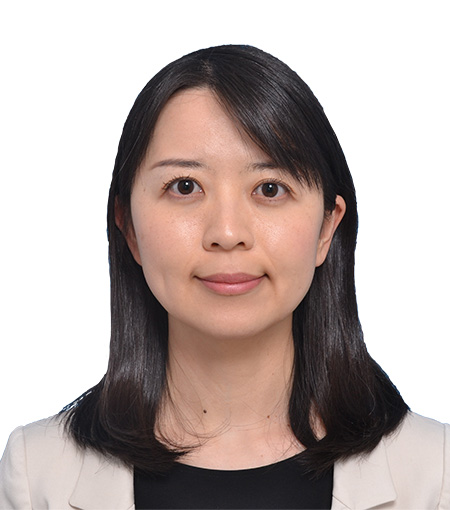
Team Director
Center for Integrative Medical Sciences
RIKEN
Outline
Transmembrane domains of membrane proteins fold into functional arrangements specified by primary amino-acid sequences. This research programme aims to precisely control the stoichiometry and dynamics of transmembrane α-helical peptides through exploring and testing such “sequence-to-structure relationships” on designed peptides. New design methods using molecular dynamics simulations will be developed as means to find design rules, which produce a series of precisely assembled transmembrane peptides. The designed peptides will be further applied to creating artificial membrane proteins with unique functions that can be easily manipulated, unlike natural membrane proteins.
Hiroyuki Mogi
Pioneering innovative information processing technology by developing flexible nanoscale exciton circuits
Grant No.:JPMJPR22AA
Researcher
Hiroyuki Mogi
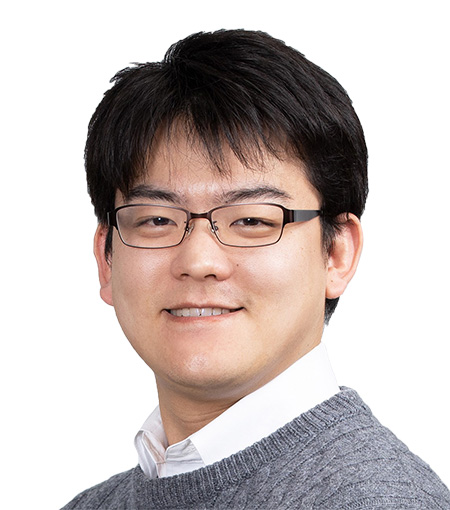
Assistant Professor
Faculty of Pure and Applied Sciences
University of Tsukuba
Outline
Application of charge-neutral excitons is the effective way for dramatically improving the energy efficiency of current information processing technology. By applying our unique time-resolved multi-probe technique, the exciton confinement system will be arranged at the nanoscale using a two-dimensional heterostructure platform consisting of superimposed atomically thin materials. By forming an exciton information circuit in this system, all-optical control of exciton flow (nanoscale exciton optical switch) will be realized. These developments will be a basis of innovative information processing technologies.
Daisuke Morikawa
Development of local electron density and physical property analysis method for two dimensional structure
Grant No.:JPMJPR22AB
Researcher
Daisuke Morikawa

Assistant Professor
Institute of Multidisciplinary Research for Advanced Materials
Tohoku University
Outline
In this project, I develop an unprecedented method for analyzing physical properties in the local region by combining first principles calculations with local electron density distribution analysis using electron nanobeams. In particular, I aim to apply this method to the analysis of two dimensional structures, where the arrangement of atoms dominates the physical properties, and to make it a Japan originated technology that enables us to obtain unique information on electron density distribution and band structures in nano regions.
Maho Yagi
Assembly-assisted control of precise protein arrangements
Grant No.:JPMJPR22AC
Researcher
Maho Yagi
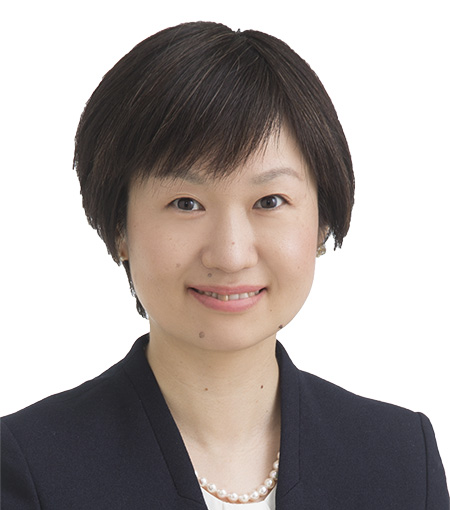
Associate Professor
Graduate School of Pharmaceutical Sciences
Nagoya City University
Outline
In this research, I will establish a strategy to control the precise assembly of multiple protein species by constructing a system that simplifies the essence of assembly-assisted control mechanisms in biomolecular assembly systems. By stabilizing transiently generated assembly intermediates, I aim to create hetero-supramolecular structures in which the component proteins as building blocks are regularly assembled, thereby providing a platform for the development of novel functions.
Yoshihiro Yamauchi
Development of Innovative Phase-Separated Structures based on Bottlebrush Polymers
Grant No.:JPMJPR22AD
Researcher
Yoshihiro Yamauchi
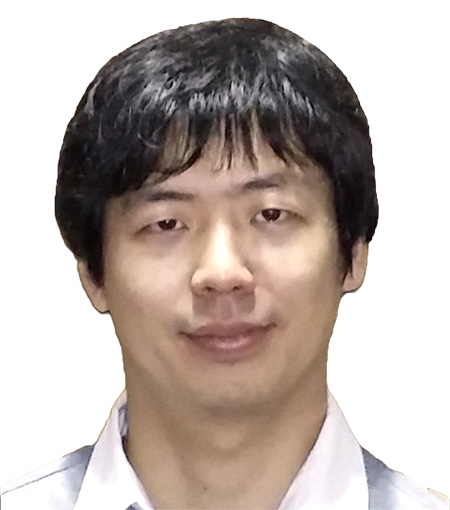
Independent Scientist
Research Center for Macromolecules and Biomaterials
National Institute for Materials Science
Outline
Bottlebrush polymers are unique one-dimensional materials that combine the characteristics of controllability of length, diameter, and chemical properties, covalent bonding, and monodispersibility. This project aims to create innovative phase-separated structures based on the self-assembly of bottlebrush polymers. By imparting electrostatic and mechanical properties in the bottlebrush polymers, I will challenge to clarify the correlation between phase-separated structures and properties transferred to the macroscale.













